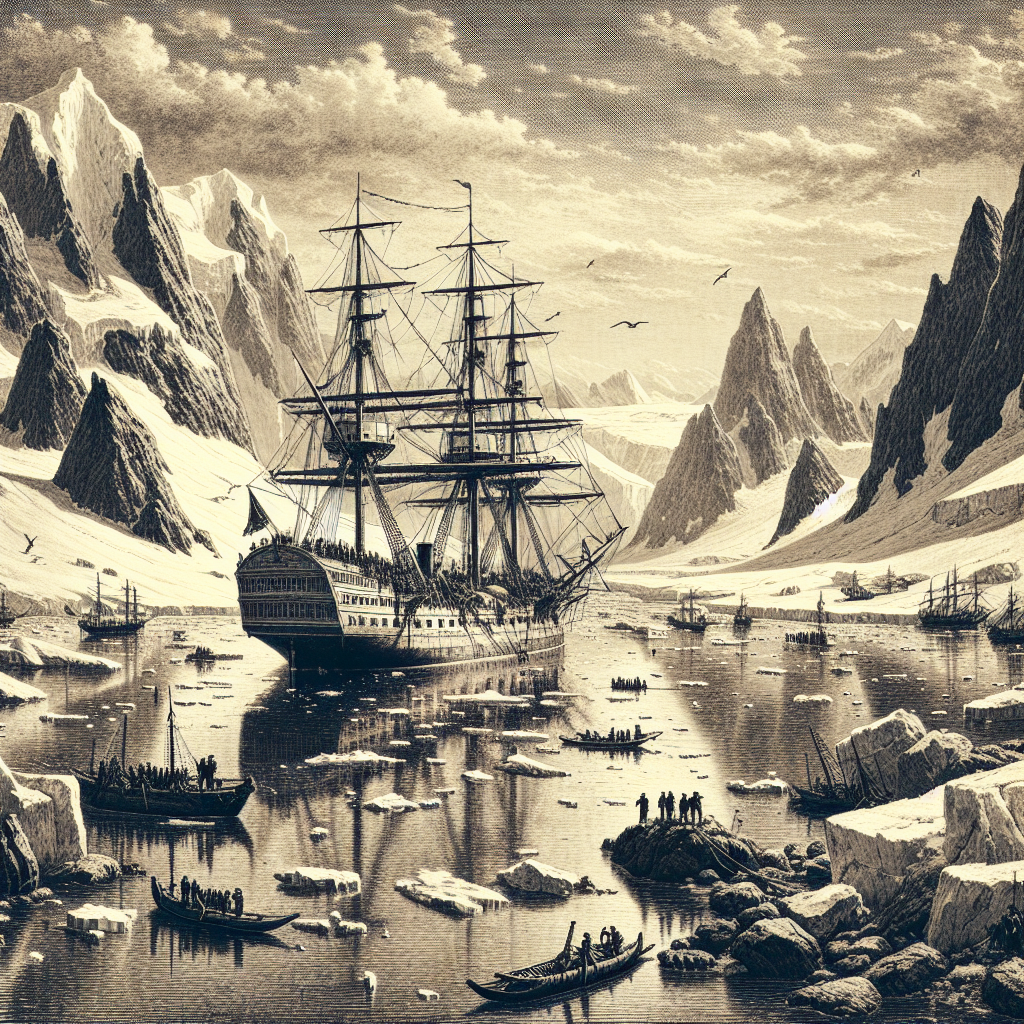Imagine braving the icy winds and treacherous terrains of Antarctica in the 1930s, not for fame or fortune, but for the unyielding spirit of exploration and scientific discovery. It’s from these harsh conditions that the Second Byrd Antarctic Expedition Medal emerged, a testament to bravery and determination against the backdrop of a rapidly changing world.
Led by Richard E. Byrd, the Second Antarctic expedition took place from 1933 to 1935. This mission ventured into the undiscovered world of Antarctica, aiming to study the continent's climatology, geography, and its potential impact on global weather patterns. With efforts based at the camp known as 'Little America', Byrd and his team faced unimaginable hardships, ranging from bouts of snow blindness to frostbite. Nonetheless, their persistence and pioneering spirit were celebrated through this unique medal.
The Second Byrd Antarctic Expedition Medal was awarded by the United States Navy to select members of the expedition. This bronze medal, about the size of an American half dollar, carries a design depicting Byrd himself, reflecting the deeply personal nature of the expedition. It wasn't merely an honorary badge but a symbol of the grueling, life-threatening conditions endured by the explorers.
Byrd, known for his previous Antarctic journeys, drew considerable attention with his second expedition. The era of the 1930s was one of political unrest and economic uncertainty, with the Great Depression casting shadows over many lives. Funding such an expedition was no small feat, demanding substantial financial backing, which he achieved through a mix of government support and private investments.
The ability of the expedition to secure such resources speaks volumes about the public and political interest in weaving the fabric of exploration within the American identity. Many Americans, struggling with the day-to-day realities of economic despair, found inspiration and nationalistic pride in Byrd’s determination to conquer unknown territories.
Although Antarctica often seems like a distant land of snow and ice, the Byrd expeditions brought back critical data contributing to world knowledge. From mapping previously uncharted territories to gathering meteorological data, the impact of the explorations became evident in the years that followed.
However, it's crucial to balance the narrative of heroism with broader implications. Explorations like Byrd’s were not solely about scientific discovery. They often symbolized human conquest over nature, a mindset that would later lead to concerns about the impact of such ventures on delicate ecosystems.
Gen Z, with its forward-thinking perspective on climate change and sustainability, might look upon the acts of expedition with a critical eye. Questions about environmental responsibility arise—how much of exploring is about human curiosity, and how much could lead to detrimental impacts on our natural world?
Yet, this doesn't diminish the courage and accomplishments of Byrd and his team. Instead, it offers an opportunity to appreciate their work while acknowledging the need for more sustainable approaches. Understanding past expeditions’ achievements and mistakes helps guide the narrative towards more balanced and environmentally conscious exploration.
The Second Byrd Antarctic Expedition Medal remains more than just a relic. It represents a time when exploration was a symbol of hope, a beacon in times of uncertainty. It serves as a reminder of our continuous quest for knowledge and the need to tread lightly on the paths that lead us there.
While often commemorated through the lens of American pride and exploration, revisiting these medals through a modern perspective can foster discussions about exploration’s purpose and its ramifications. The medal is a critical piece of history, prompting admiration for those who ventured into the unknown, and encouraging reflection on how humanity's exploration of the world should progress in the future.

